From performer Sylvie Guillem to the Apollo astronauts, how do people move on from a moment of fame
They’ve been to the moon and back or dived to the deepest point in the sea. Others have won Olympic gold or survived a disaster. But what can we learn from them?

As dance lovers will know, they are reaching the end of an era. Their best-loved performer Sylvie Guillem is in her retirement year and, in three weeks, will never grace a British stage again. She has made her last curtseys at the London Coliseum and the Edinburgh Festival; and, after two more shows at the Birmingham Hippodrome, will take her "Work in Progress" on a world tour until December.
And then? Guillem has told interviewers that she is leaving professional dance reluctantly but realistically – because it is becoming harder and harder for her to make her body meet the standards she set herself more than 30 years ago. She intends to do a period of “detox”, keeping up her daily exercises at the barre for a while. But eventually, oh, she’ll do more good deeds – she’s involved with the marine charity Sea Shepherd – and maybe take up pottery, gardening…


The truth is, she hasn’t yet come to terms with her decision. As she has said: “I don’t know if I will be able to cope… but still it has to end.” And with the end of her fame as a “live” artist, her understanding of herself as being famous will inevitably change. For, while she will need to find a new existence out of the spotlight, it’s only in that aspect that most people can envisage her. In the public mind, she has had her metaphorical 15 minutes, and now will cease to exist. And that must be a strange feeling, mustn’t it?
The question first occurred to me in the town of Dora, Oregon, population 10. I had been interviewing Don Walsh, who at the time was the only man alive to have been to the deepest point in the world’s oceans, a feat he had accomplished fully 50 years earlier when he piloted a wonky steel-and-glue contraption called a bathyscaphe to Challenger Deep, on the floor of the Pacific Ocean’s Mariana Trench. For an hour he had been patiently narrating the story of the voyage to the bottom – the very, very bottom, a place less frequently visited by man than the Moon. Though polite, he had told his story many times before, and his tone was automatic.
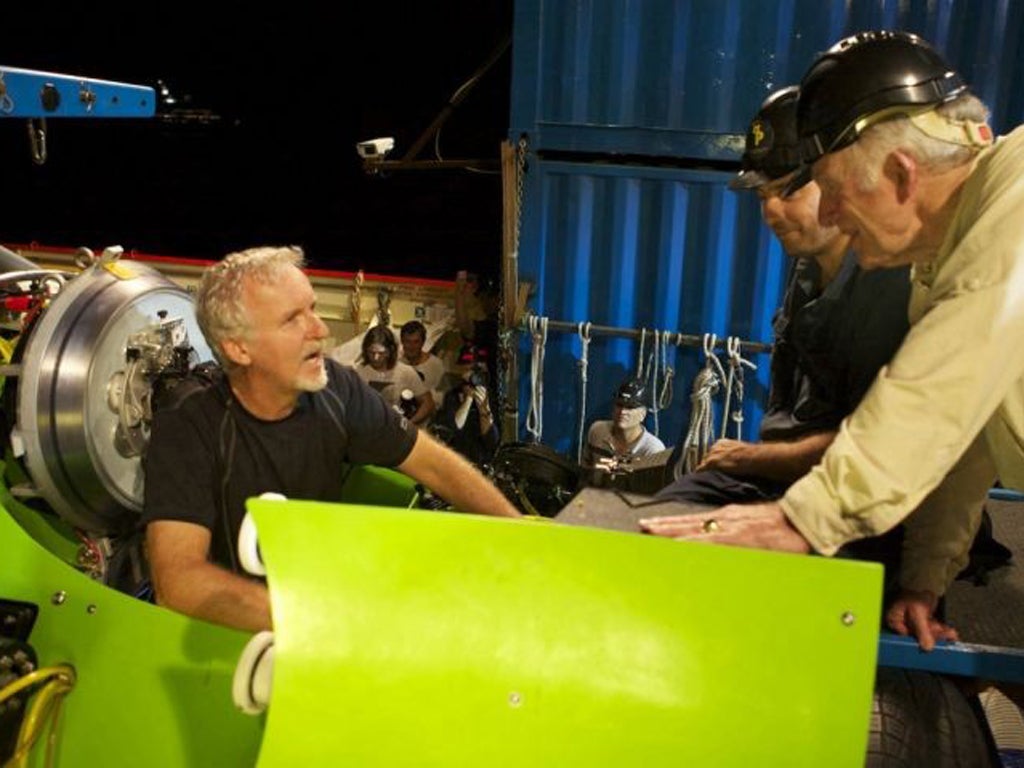
It was time to change the subject. What happened next, I asked? What was the next step in life after the voyage?
His face brightened and lightened. It lost five years in an instant. “Well,” he said, “a lot of people think I died.”
What Walsh did do next was anything but die. He commanded a submarine. He served in both the Korean and Vietnam wars. He gained three graduate degrees, worked in the Pentagon, founded a university institute with the rank of dean. He visited the Arctic and Antarctic so often – over 50 times – and did so much there that there is an Antarctic ridge, the Walsh Spur, named after him. He dived in Russian Mir submersibles on the Titanic and Bismarck. He told me about these things with bracing enthusiasm. And he did so with such radiance because, by and large, nobody ever asks him about any of those things. For the rest of his life, all anyone will ever want to know about is the time that he went to the bottom of the sea in that funny little submersible.
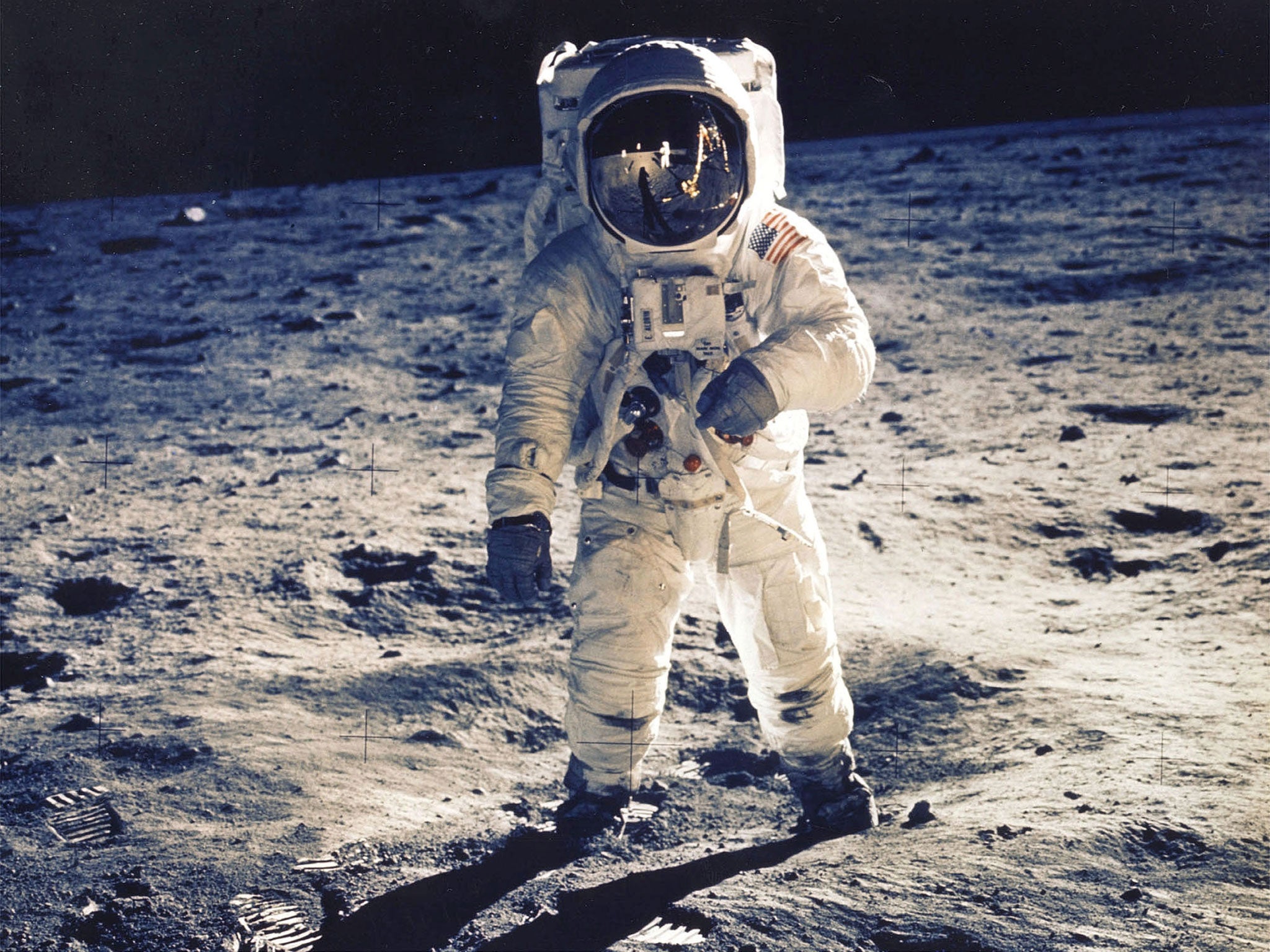
Walsh is hardly alone in this. Imagine being an Apollo astronaut. Imagine that you are one of the tiny handful of people – 12, in fact, of whom eight are still alive – who has left the Earth, slipped its orbit, and travelled across the void to set foot on another world. And then you come back. For the rest of your life, you will only ever be famous for one moment: it will define you. But you are barely 30 years old. You might have 70 left. What do you do to find meaning in the rest of your life when its defining moment has already happened? “After Apollo I was standing on top of the mountain,” Charlie Duke, the tenth man on the Moon, says. “There was nowhere else to go.”
We do odd things with biography. We reduce people to a line based on the most pivotal thing they ever did. The astronaut. The Olympic medallist. The first man to the bottom of the sea. But what happens when that biographical kernel is set so young in life? How do you move on from an iconic moment that you will not only always be remembered for, but never be allowed to forget?
The Apollo astronauts offer a useful snapshot of the challenge of moving on, because they tended to do so in strikingly different ways.
Take Alan Bean, an effervescent Texan who visited the Ocean of Storms on Apollo 12 in November 1969. After Nasa he decided to redirect his life towards his true passion: art. But here’s the thing. In all the subsequent years, Bean has only ever painted one thing: the surface of the Moon.
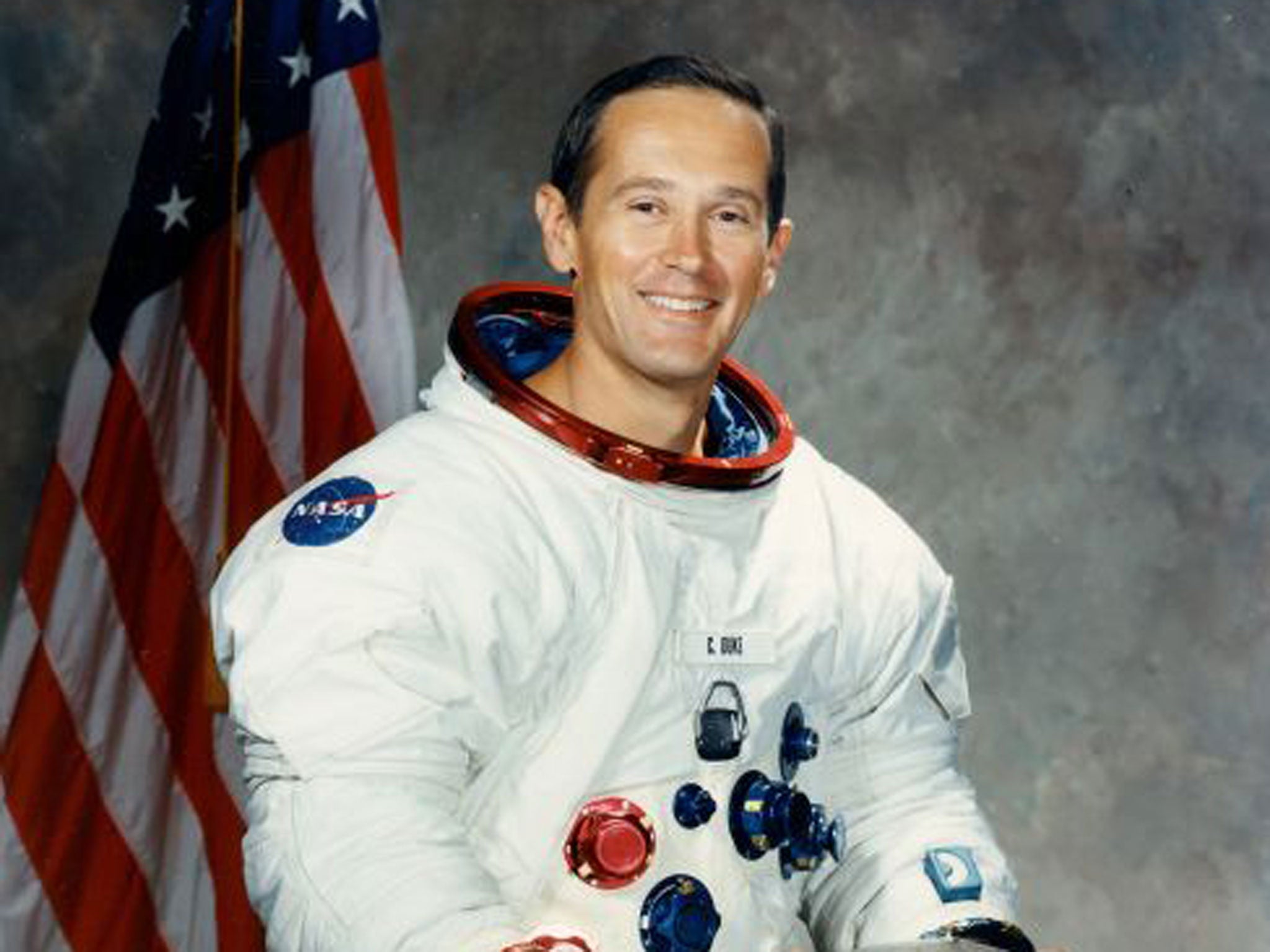
A Bean painting is quite a thing. In addition to its mesmerising subject matter, it is rendered unlike the work of any other artist by the tools he uses. He has an embossed cast of his moonboot, which he uses to provide texture to his paintings, along with the hammer he used on his mission; and he uses moondust, taken from his mission patches, when he mixes his paint. Gimmick or artistry, it has resulted in his paintings selling for several hundred thousand dollars apiece.
What’s interesting about Bean today is the way the mission and the art have all got mixed up. He says: “When people go back to the Moon, the crew members will look at the paintings and read the stories, maybe the one about me throwing a football to Pete.” (The painting in question depicts Bean chasing a football thrown by his mission commander Pete Conrad across the lunar surface.) But it’s a completely fictional scenario: they never did it. Having escaped the Moon for a new career, it still dominates this new life.
Duke, who walked on the Moon in 1972 on Apollo 16, suffered a profound sense of anticlimax afterwards. “After Apollo, that drive that took me to the Moon was inside, that focus that we had, the energy that we had. And it was: now what are you going to do?” He entered business, founding a beverage distributorship for Coors in San Antonio, but it wasn’t enough. “I began to think: is that all there is to this?”
And so he found faith. “The spiritual side didn’t take over so much that I lost my desire for adventure: I still fly airplanes, but I see life as more a one-time adventure, one accomplishment. I’m pleased that what happened to me was so significant and I’m delighted that God has been able to use that in my life, to bring me a peace and a purpose in life.”
You might say Ed Mitchell, who went to the Moon on Apollo 14 in 1971, reached the opposite conclusion after a life-changing moment on the voyage home during which his mind was blown. Looking out through the porthole as the Earth, Moon and Sun came into view he came to a realisation. “I knew that the star systems were what manufactured the molecules that make up our bodies. So all matter is made of star systems. We’re all stardust. We’re all the same stuff. And that was a big wow.”
Wow indeed. Mitchell likens the experience “to a game of pick-up-sticks: within a few days my beliefs about life were thrown into the air and scattered about. It took me 20 years to pick up those sticks and make some kind of sense of it all.” He concluded, in the end, that our religions are insufficient and unenlightened, and has since dedicated his life to a study of consciousness and quantum mechanics. “The message is, we’ve got a lot to learn and we’re just getting started.” Along the way, this brought him to views some distance from the mainstream, not least his firm belief that we are visited frequently by extra-terrestrials.
People move on from a moment of fame in a variety of different ways, but rarely in ones you might expect.
Joe Kittinger is famed for jumping out of a balloon capsule 31 kilometres into the sky with an experimental parachute in 1960, setting a sky-diving record that stood for 52 years. His has been an extraordinary life, from spending a year as a prisoner of war in Vietnam’s “Hanoi Hilton” to becoming the first person to balloon solo across the Atlantic. But perhaps what’s most interesting is that in later life, he spent years trying to help other people to break his own record. When someone finally did – Felix Baumgartner, the Austrian base-jumper, in 2012 – Baumgartner did so with Kittinger as his capsule communicator and mentor.
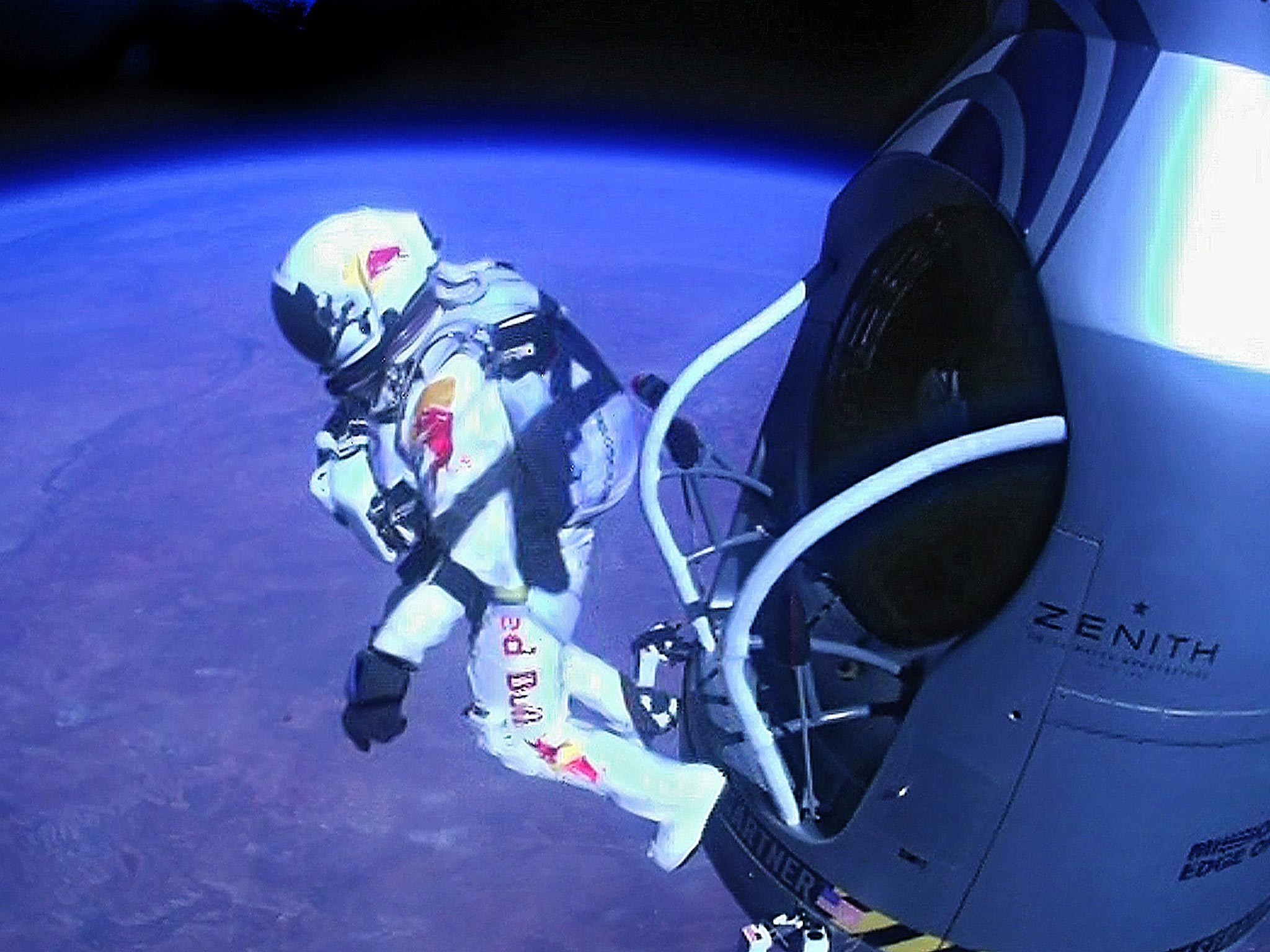
Why would someone devote so much of later life to erasing themselves from the record books? “Records are made to be broken,” he says. “I was amazed it took 52 years.” But in fact, the impression he gives is that the whole idea of a multi-year project – which Baumgartner’s jump became – gave Kittinger a new lease of life, and made him feel young again.
Some are irritated by their mark in fame. Bill Anders was on the crew of Apollo 8, one of the truly visionary endeavours humans have ever undertaken. This was the first mission to leave Earth orbit and travel to another world, circling the Moon 10 times in 1968; its three-man crew were the first humans to see the Earth as a whole, a ball, a dab of colour just hanging there in the nothing. While there, he took the photo that we now know as Earthrise, said to be the most frequently reproduced image in history.
But he eschews the whole astronaut-celebrity thing, and refuses to sign autographs any more. Instead, he granted an interview only because it gave him the chance to talk about things that weren’t Apollo. And why not: his was an exemplary career in big business, culminating with a spell as turnaround chief executive of General Dynamics. He was running America’s nuclear energy at 40, and found the time to be ambassador to Norway along the way. “For me,” he says, “the business side of things is the bigger achievement than Apollo.”
Others take a total change of direction. Ray Wilson was a member of the 1966 World Cup-winning England football team. Wilson, a full-back, is by far the least known member of that beknighted side, for a simple reason: he turned his back on football not long after the game and became an undertaker in Huddersfield, Yorkshire.
Imagine that. You go from having your name chanted by a hundred thousand people at once, then change your career so dramatically that from now on the only people you have a working relationship with will either be dead or bereaved.
Nadia Comaneci scored the first perfect 10 in Olympic competition at the Montreal Games in 1976, aged just 14. Then she got the second. And the third. The first seven, in fact, in the space of three days, all before reaching puberty. And although she did win further medals four years later in Moscow, her time in Montreal, professionally speaking, was the peak: all downhill from there, less than halfway through her teens, still a child. When she got off the plane back to Bucharest, to be greeted by Nicolae Ceausescu and a national celebration, her eyes were red from crying, because she had been carrying a doll but had lost it.
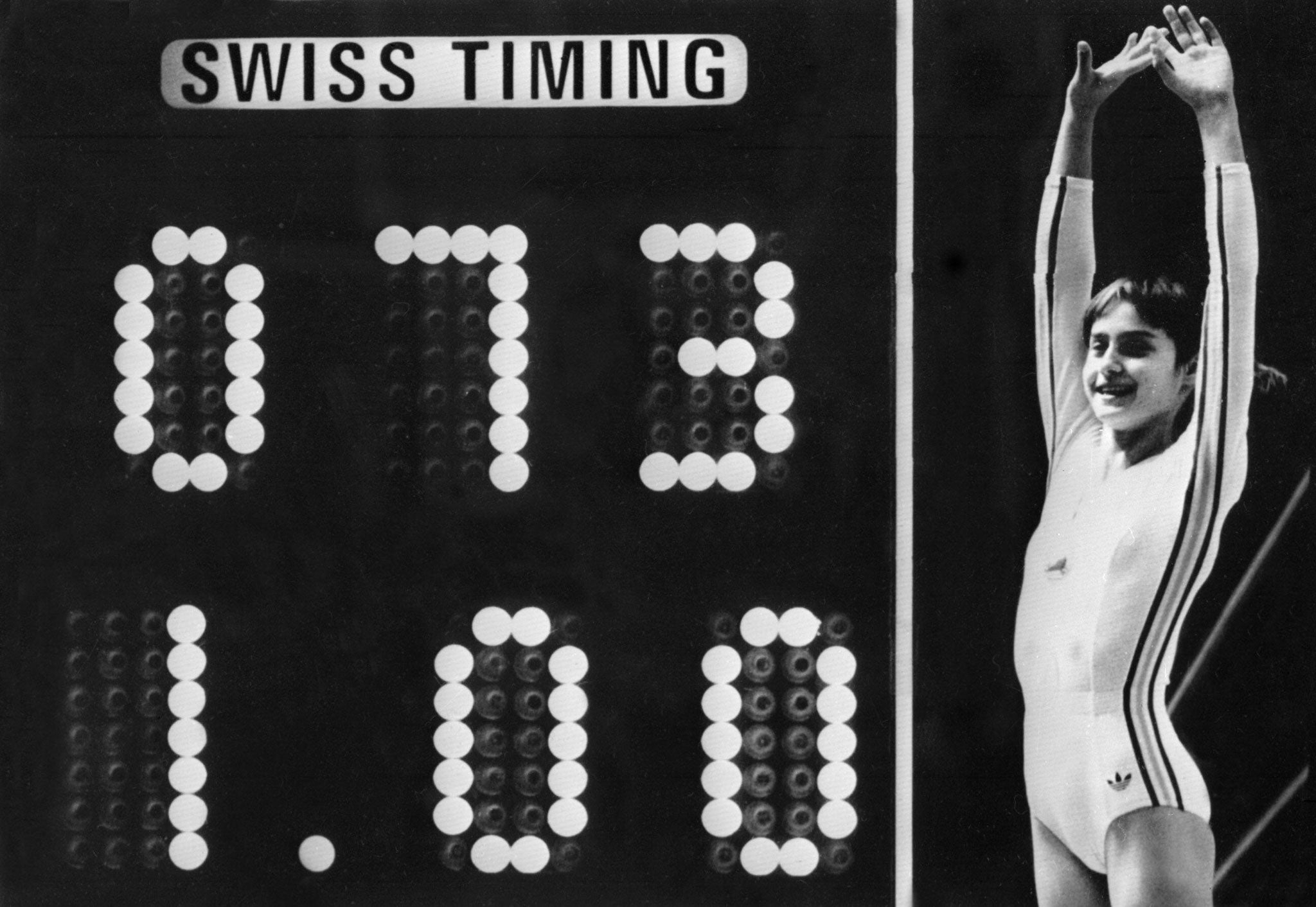
What next? “Waking up, having breakfast, going to school, going to the gym. That’s how I see it,” she says. “I couldn’t see anything else I could do that would be meaningful.” Retiring from professional competition at the age of 20, she had to return to the increasingly miserable mainstream life of Ceausescu’s Romania, a situation so desperate and deprived that she defected in 1989.
Today, altogether more peaceful, she lives in Norman, Oklahoma, and is involved in a gymnastics academy with her husband and fellow Olympiad Bart Connor.
Writing my book, No More Worlds to Conquer, I sought out 16 people who would forever be known for just one thing, good or bad, and asked how they moved on from it, from the sound barrier-breaking aviator Chuck Yeager to the former Lebanon hostage John McCarthy, from “I Will Survive” singer Gloria Gaynor to the surviving crew of the notorious United 232 air disaster.
What can one learn from all this? Partly, what one might expect: that there is a fundamental richness to life that stops it ever truly being defined by a moment or ordeal, and that the best of us don’t dwell on those moments any more than is healthy, but instead look to move forward, and to find new things to be inspired and affected by.
It would have been disappointing to find this exceptional group of people resting on their laurels, wanting only to talk about the past as if the job was done in a single day in their thirties or twenties or even their teens. But that wasn’t the case, not once. Having had the pleasure of spending time with so many of them, it’s comforting to report that they didn’t spend those long suffixed years just looking backwards.
Join our commenting forum
Join thought-provoking conversations, follow other Independent readers and see their replies
Comments